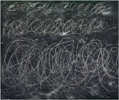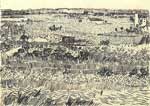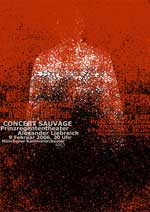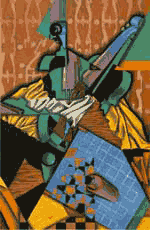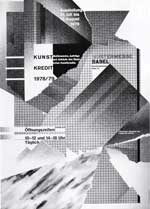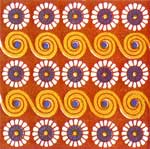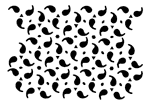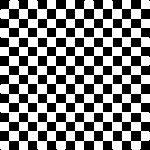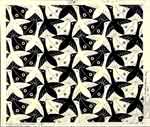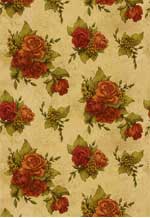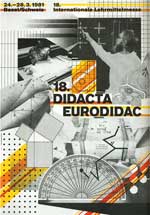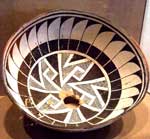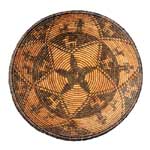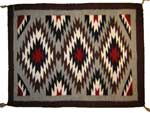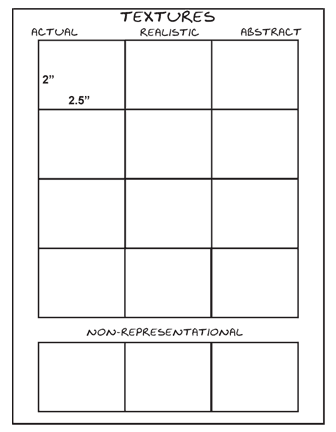TEXTURE
Texture is an actual surface quality and/or the appearance of a surface quality; how the surface feels or how a surface looks like it would feel.
All surfaces have texture.
| Textures can affect interest and emotions in different ways. | |
| Some textures are inviting to most people... | 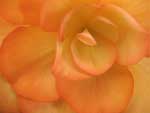 |
| other textures can repel some people. | 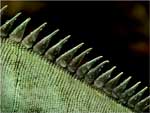 |
| Most responses to texture depend upon context. | 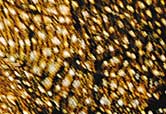 |
Using different textures can increase interest in a composition by adding variety without changing color or value relationships.
There are two kinds of texture:
- Tactile (Actual) Textures can be sensed by touch
- Visual Textures (Implied) are illusions
TACTILE TEXTURE
Tactile means touch. Tactile texture is the actual, three dimensional feel of a surface.
To sense a tactile texture, you either need to touch it or cast light on it to make it visible.
VISUAL TEXTURE
Visual texture refers to the illusion of the surface's texture. It is what a tactile texture looks like on a flat, two-dimensional surface.
A photograph represents actual or tactile textures; but, other than the smoothness of the photograph's surface, photographs contain only visual textures.
Visual texture is always involved in a composition because every "thing" has a surface and therefore a texture.
Visual textures can be realistic, abstract or non-representational |
|
| Realistic | 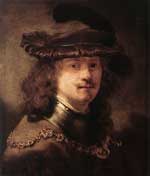 |
| Abstract | 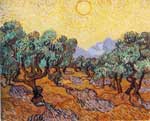 |
| Non-representational | 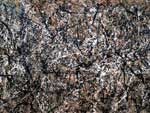 |
Text can form a texture |
|
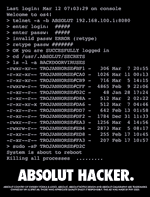 |
 |
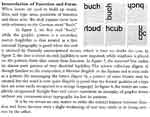 |
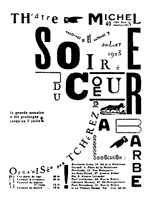 |
Text can be textured |
|
 |
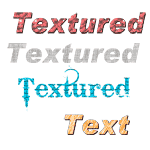 |
| Additional images which make use of textures. | ||
|
Cy Twombly |
|
Vincent van Gogh |
MOTIF
A motif is any repeatable element or mark that can be used in a design.
(A motif can also refer to a theme, but not as we are using it here.)
Many textures repeat a motif in a random or somewhat random way. |
|
|
Van Gogh |
Reza Abidini |
|
|
|
Juan Gris |
Wolfgang Weingart |
| The pattern's regular repetition may or may not be on a grid. | |
|
Grid placement |
Rotational placement |
| Patterns are textures. There is always texture; but, there is not always pattern... only when the motif is regularly repeated. |
|
TEXTURE |
PATTERN |
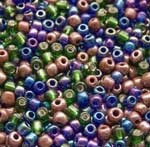 |
|
PATTERN
| Here are some additional images which make use of patterns. | ||
|
Wolfgang Weingart |
|
Roy Lichtenstein |
|
Mogollon pottery bowl |
Apache basketry bowl |
Navajo wool rug |

